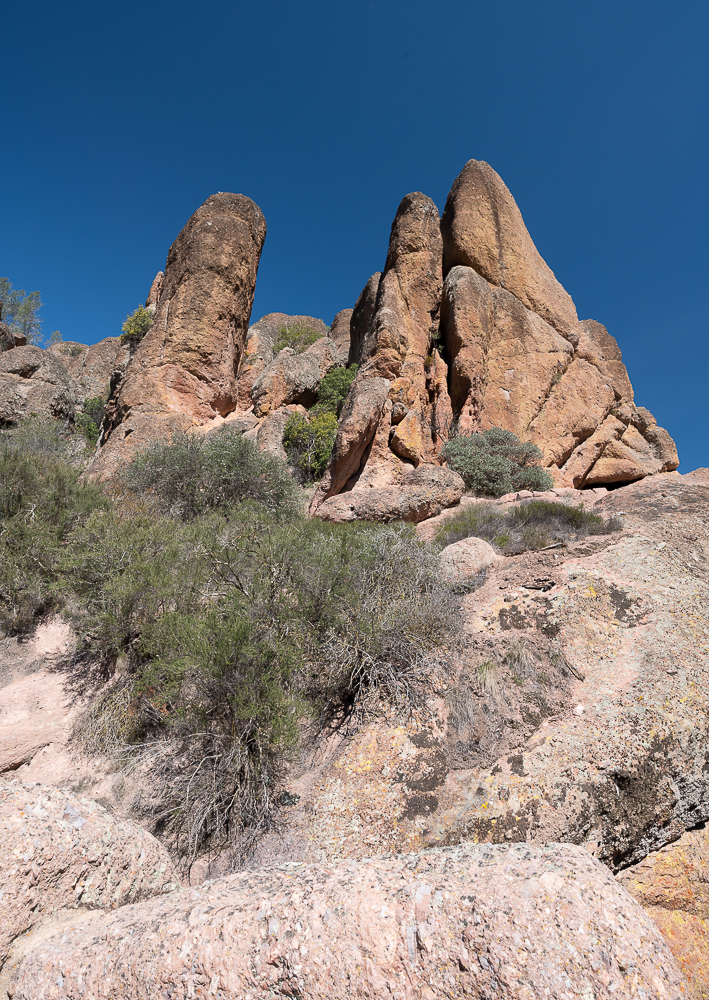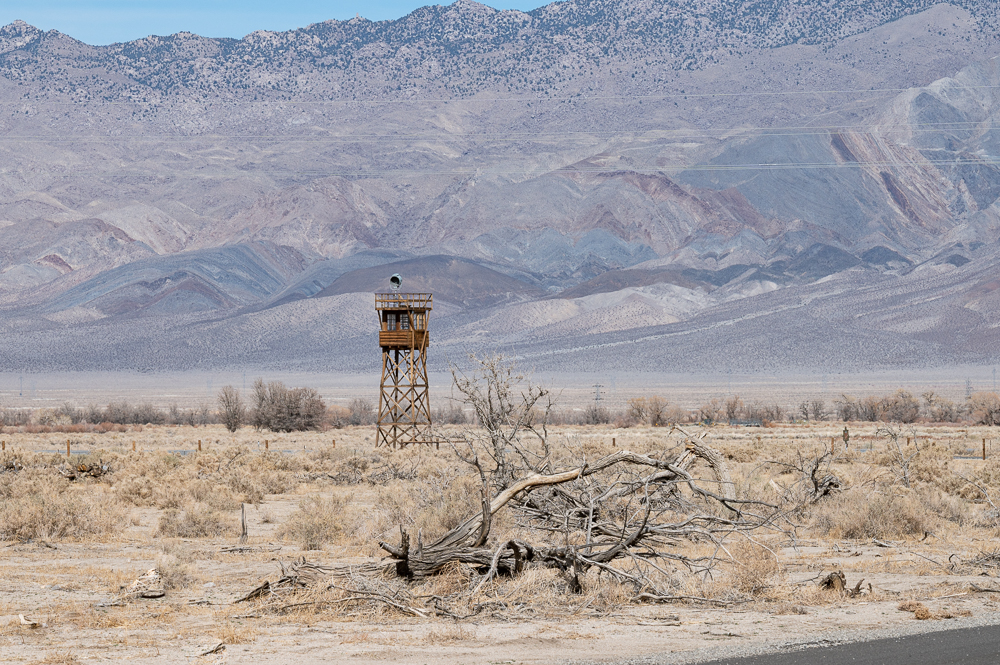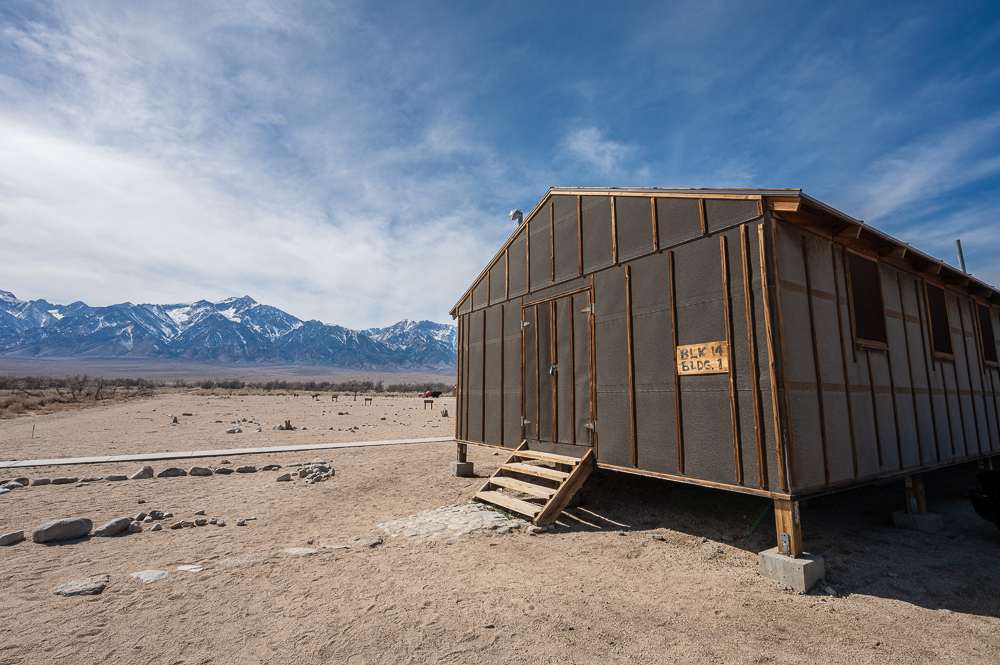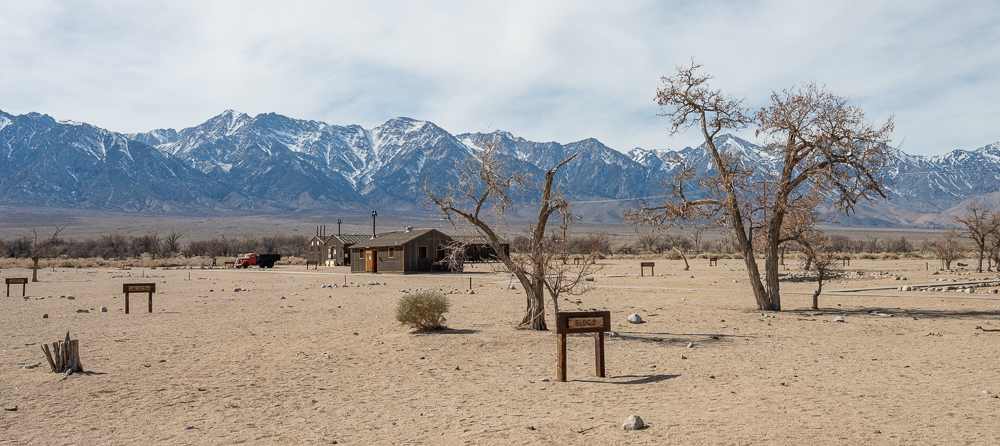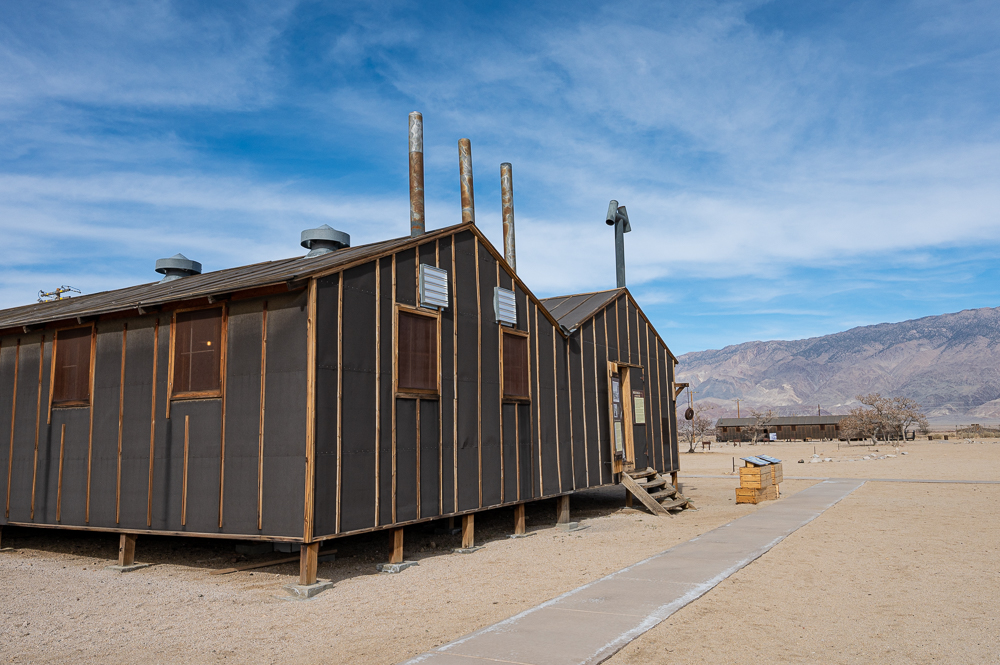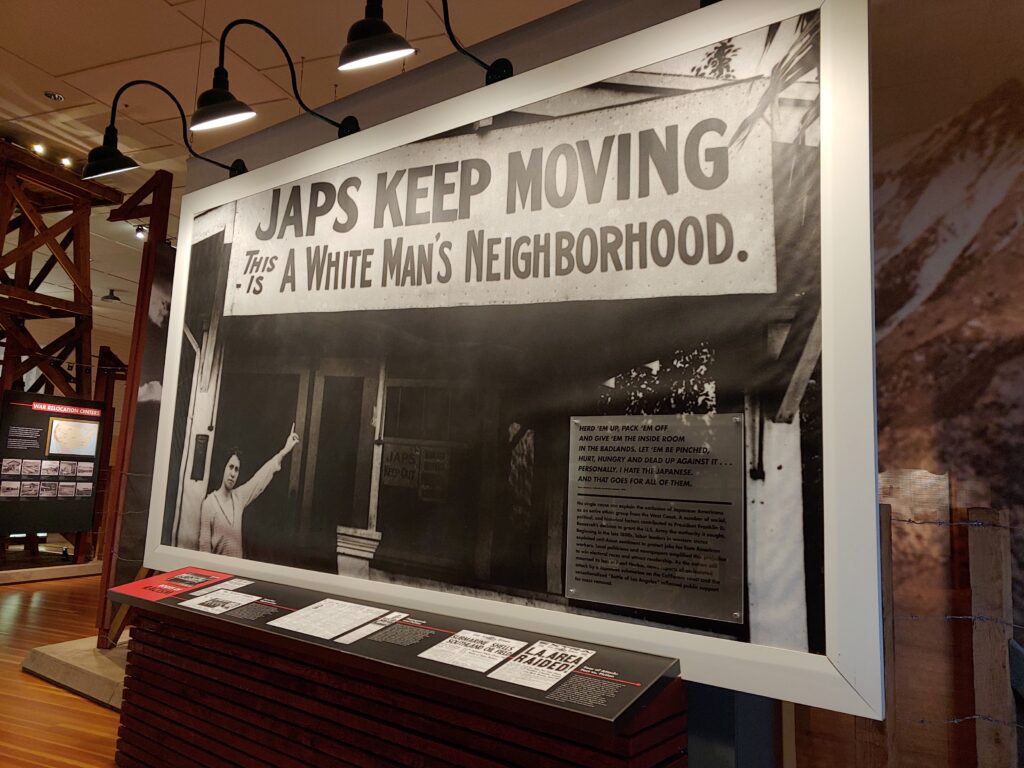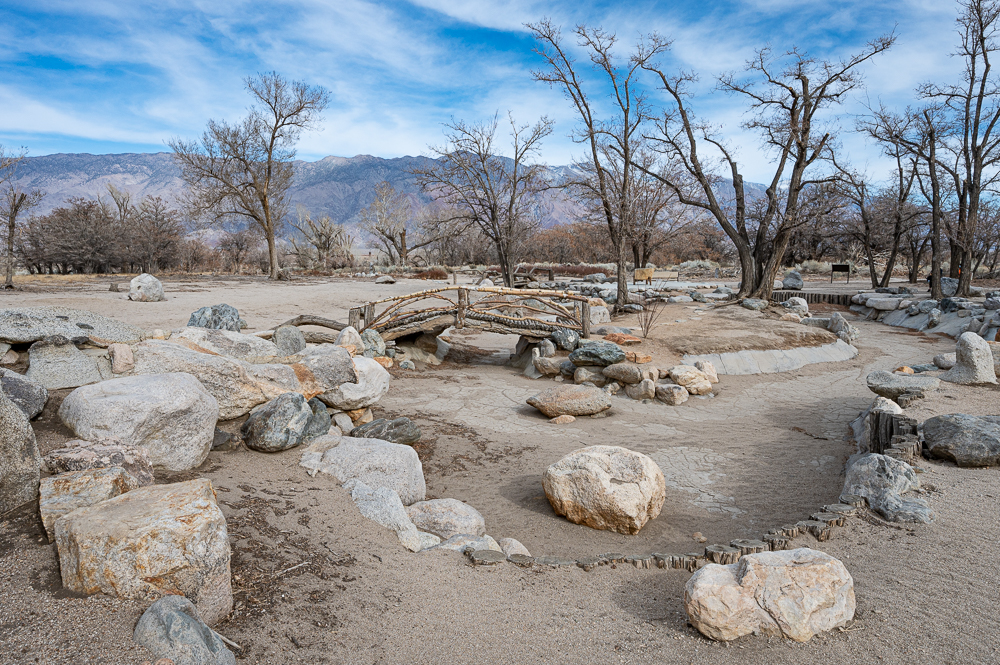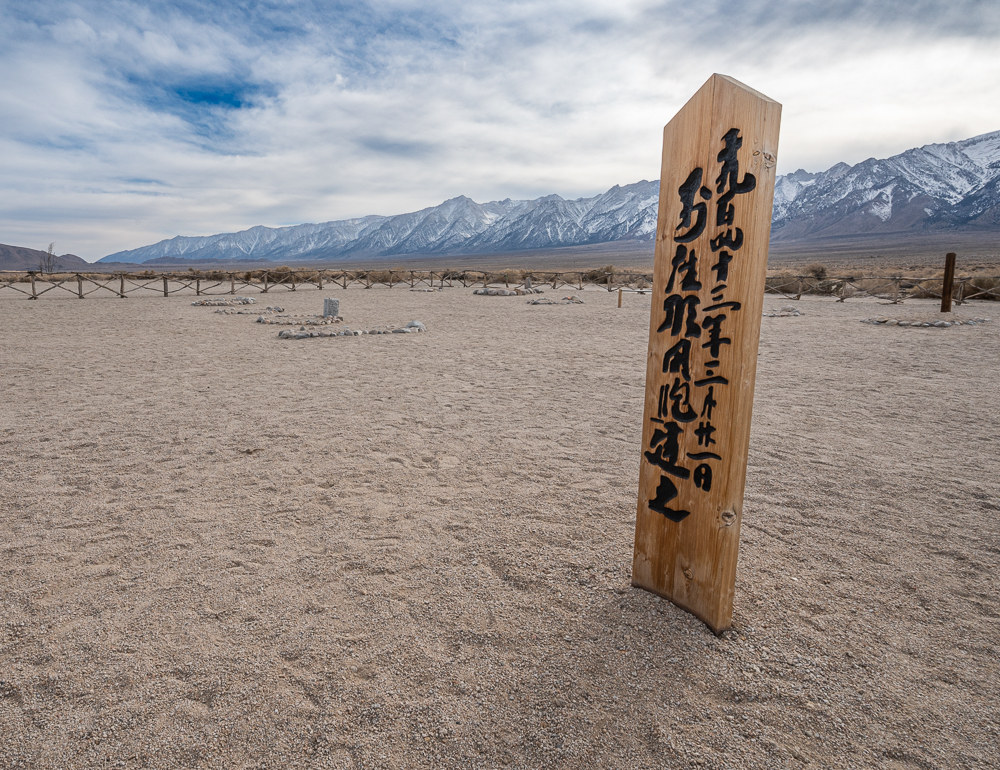Located east of California Highway 101 and just south of Monterey Bay, Pinnacles National Park is a little-known treasure. We hadn’t heard of it until friends told us about it, and tips from those friends have always been great. Once again they were right – there were rock spires, soaring California condors, and talus caves to explore – a terrific place!
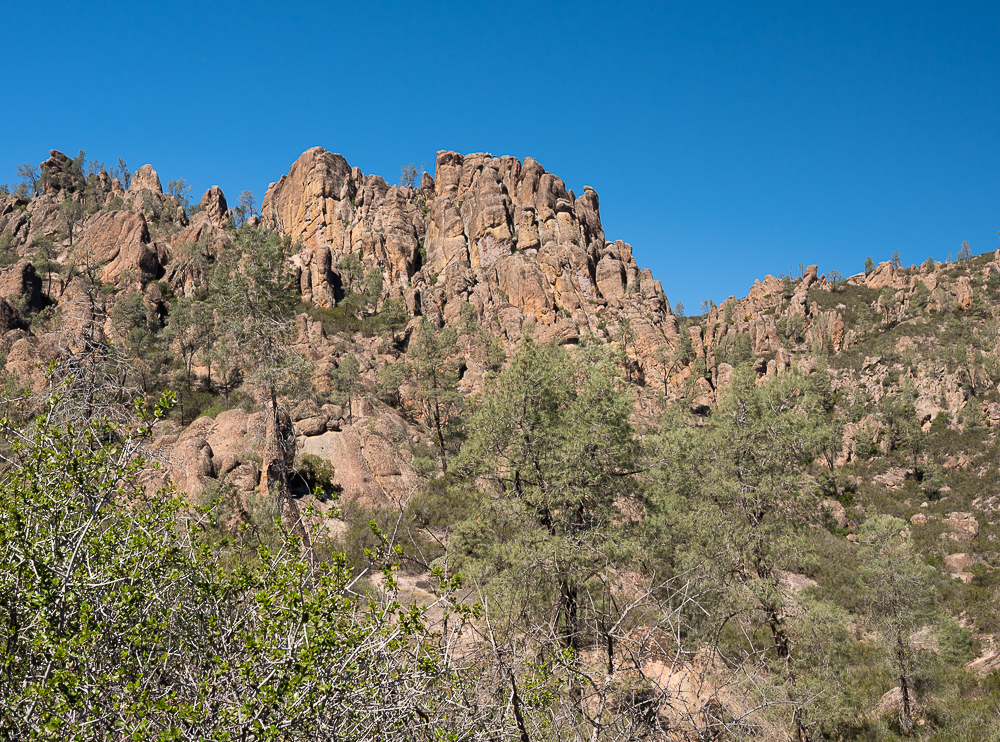
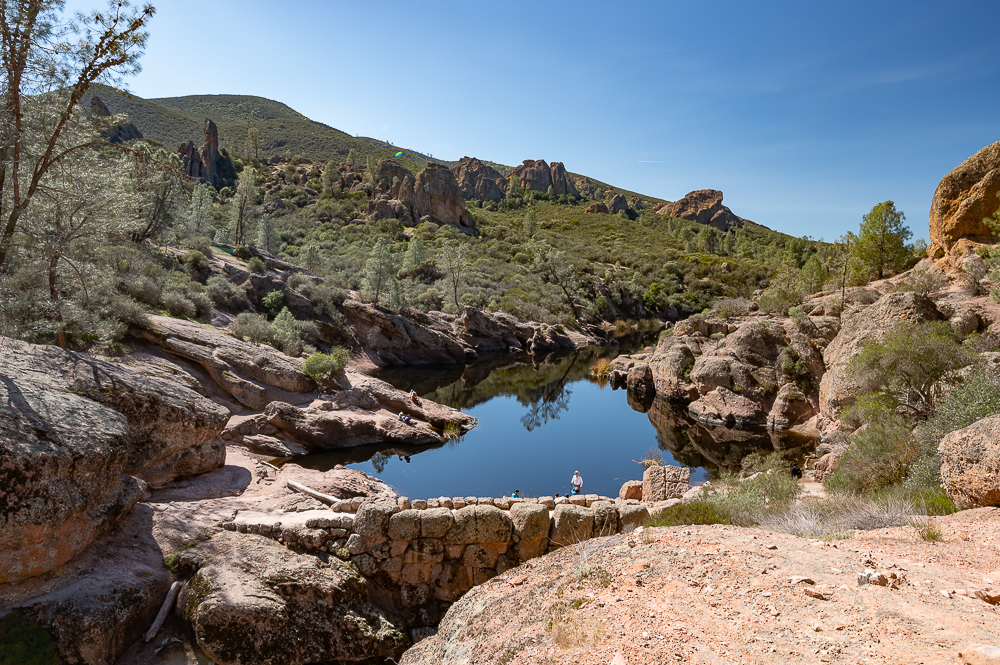
Pinnacles has two entrances – one on the east and one on the west, with no road to connect the two sides. The campground is on the east side, so we started over there. Quail and ground squirrels traipsed through the campground and nearby meadows, as well as flocks of wild turkeys. Rangers and locals left the hoods of their cars open – they explained that a warm car attracts the ground squirrels and they like to chew on wires. Cute, but troublesome.
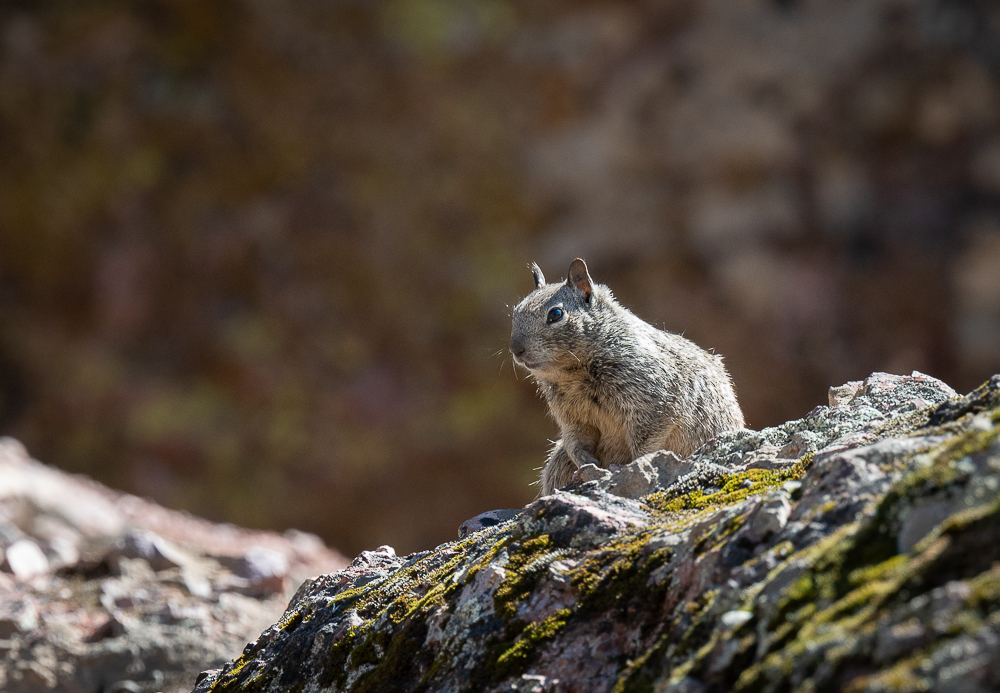
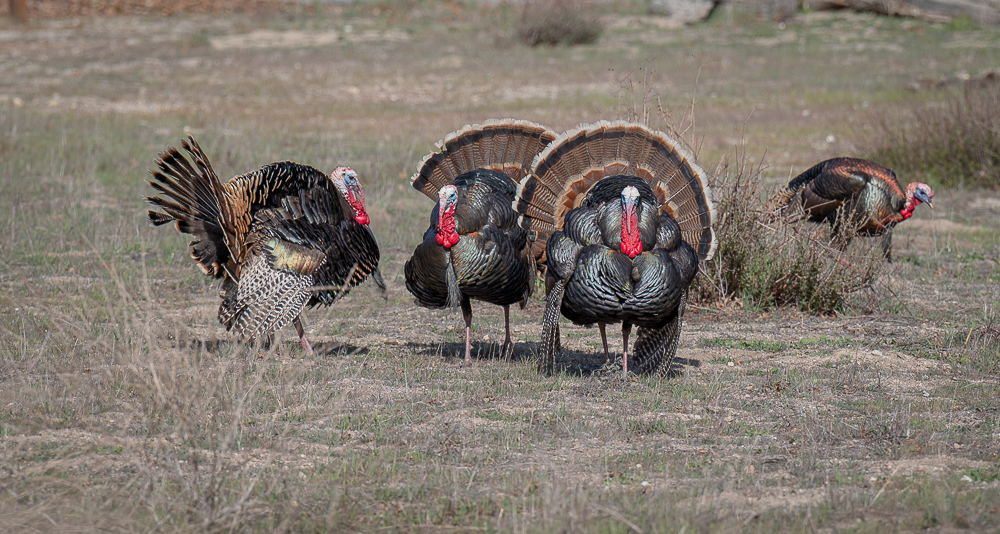
We also saw acorn woodpeckers in the trees – plentiful and colorful!
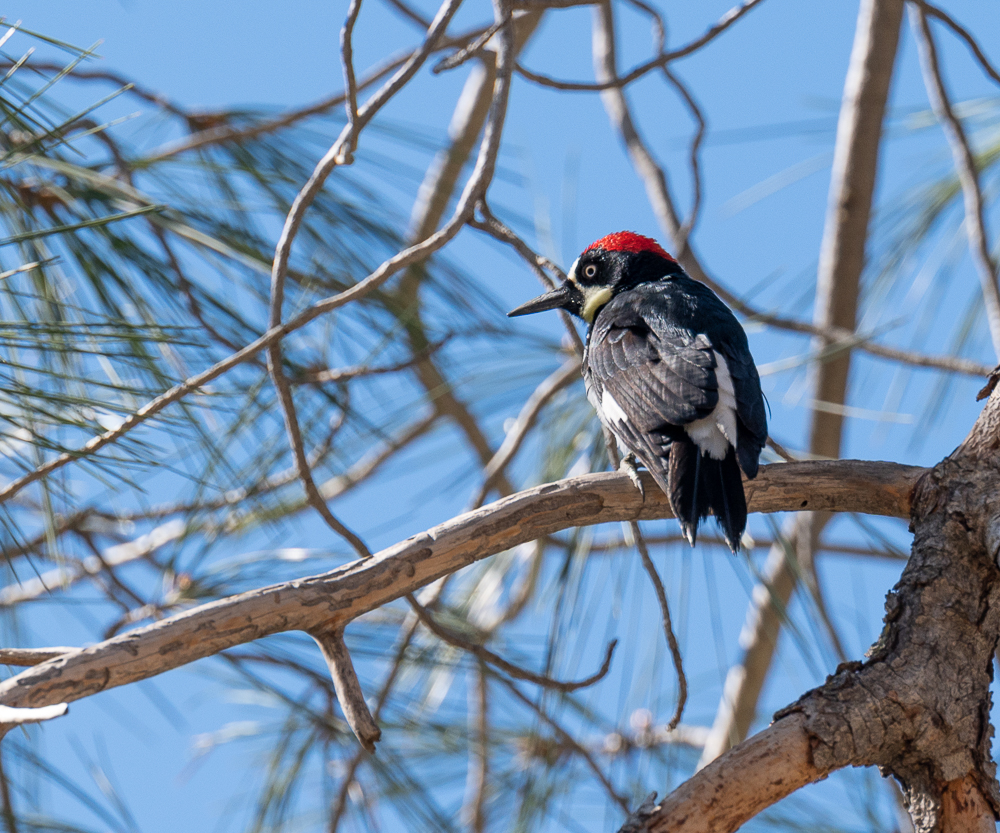
Juncos flitted about as we hiked, as well as little lizards. Pinnacles is a smaller park, but it’s full of life!
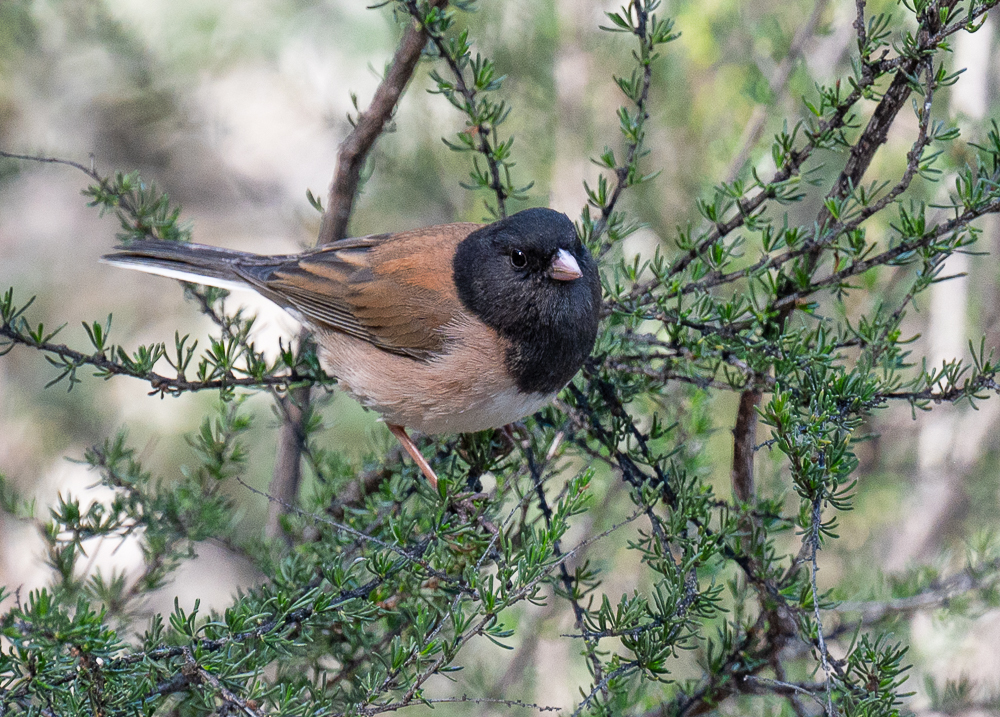
Along with buzzards, falcons and golden eagles, the park is best known for a large population of endangered California condors. The buzzards are often confused with the condors, large black birds soaring around the rock spires, but once you spot a condor, it’s unmistakable. Be sure to bring your binoculars, because the condors like to fly high in the sky.

Note the large white patches on the underside of the wings – that’s the way to distinguish a condor from a buzzard in the sky. The condors also had red tags on their wing edges – to help scientists monitor individuals among these endangered birds.

Hiking trails criss-cross the park, some wind among the trees, some climb the hills to access the steep rocks, and some traverse through talus caves. These caves were formerly canyons, and large rocky debris has fallen to turn them into caves. The caves in Pinnacles were thought to be formed during the last ice age. They are closed at certain times of the year to protect a bat population, but they were open when we visited in March, and we had a ball climbing up and over the boulders and through the caves. Bring your flashlight!
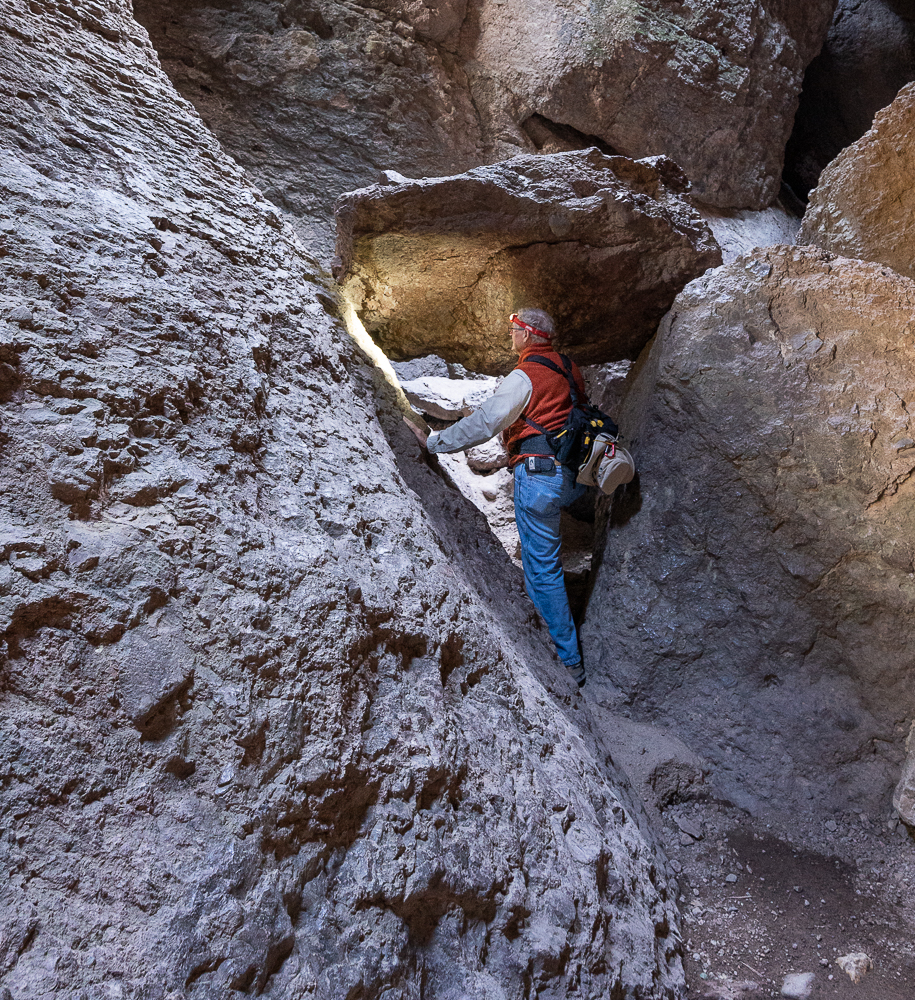
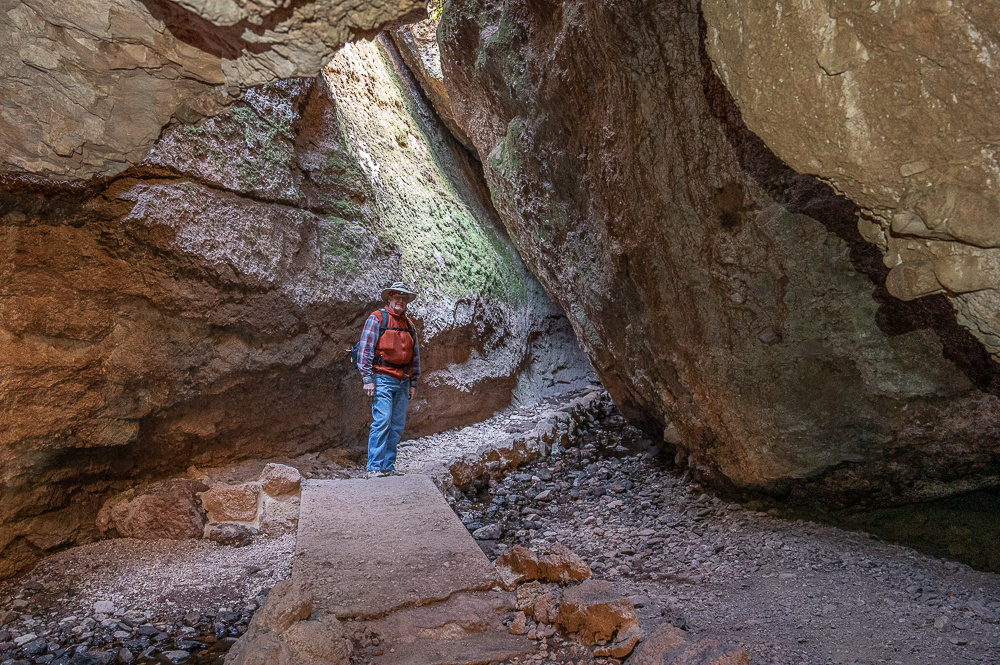
It was well worth the long drive from the east side of the park to the west side of the park. The west side has a little different feel, and closer access to another cave.
Overall, Pinnacles is a lovely park, and particularly nice to visit in the cooler months. Because it’s close to San Francisco and San Jose, it can get very crowded on weekends, but Tuesday-Thursday makes a perfect span of time to explore it when it’s quiet.
